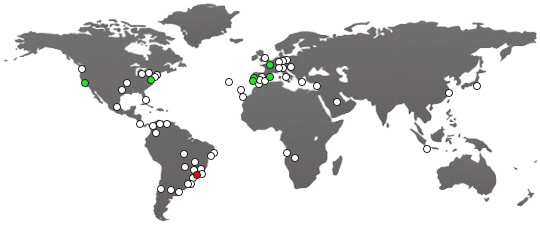Home page Care Health Treat other Diseases Psoriasis
Psoriasis - Treat with Aloe Arborescens / Vera

The medical plant Aloe Arborescens treats the disease Psoriasis more efficiently than Aloe Barbadensis (Aloe Vera)
Research from the Palatini Institute in Salzano, Venice, Italy, rvealed that Aloe Arborescens is 200% richer in medicinal properties than Aloe Barbadensis (Aloe Vera).
Aloe Arborescens is of all known plants the plant with the highest number of identical enzymes in our body: it fills 73 of the main 95 enzymes of the human body.
According to multiple scientific reports, Aloe Arborescens is extremely effective in the following areas: it detoxifies and cleanses blood vessels; Is effective in intestinal health, heartburn, reflux, gastritis and other diseases resulting from the malformation of the Immune System.
Psoriasis is a long-lasting autoimmune disease which is characterized by patches of abnormal skin. These skin patches are typically red, itchy, and scaly. They may vary in severity from small and localized to complete body coverage. Injury to the skin can trigger psoriatic skin changes at that spot, which is known as the Koebner phenomenon. There are five main types of psoriasis: plaque, guttate, inverse, pustular, and erythrodermic. Plaque psoriasis, also known as psoriasis vulgaris, makes up about 90% of cases. It typically presents with red patches with white scales on top. Areas of the body most commonly affected are the back of the forearms, shins, around the navel, and the scalp. Guttate psoriasis has drop-shaped lesions. Pustular psoriasis presents with small non-infectious pus-filled blisters. Inverse psoriasis forms red patches in skin folds. Erythrodermic psoriasis occurs when the rash becomes very widespread, and can develop from any of the other types. Fingernails and toenails are affected in most people at some point in time. This may include pits in the nails or changes in nail color. Text origem Wikipedia. More information at https://en.wikipedia.org/wiki/Psoriasis







